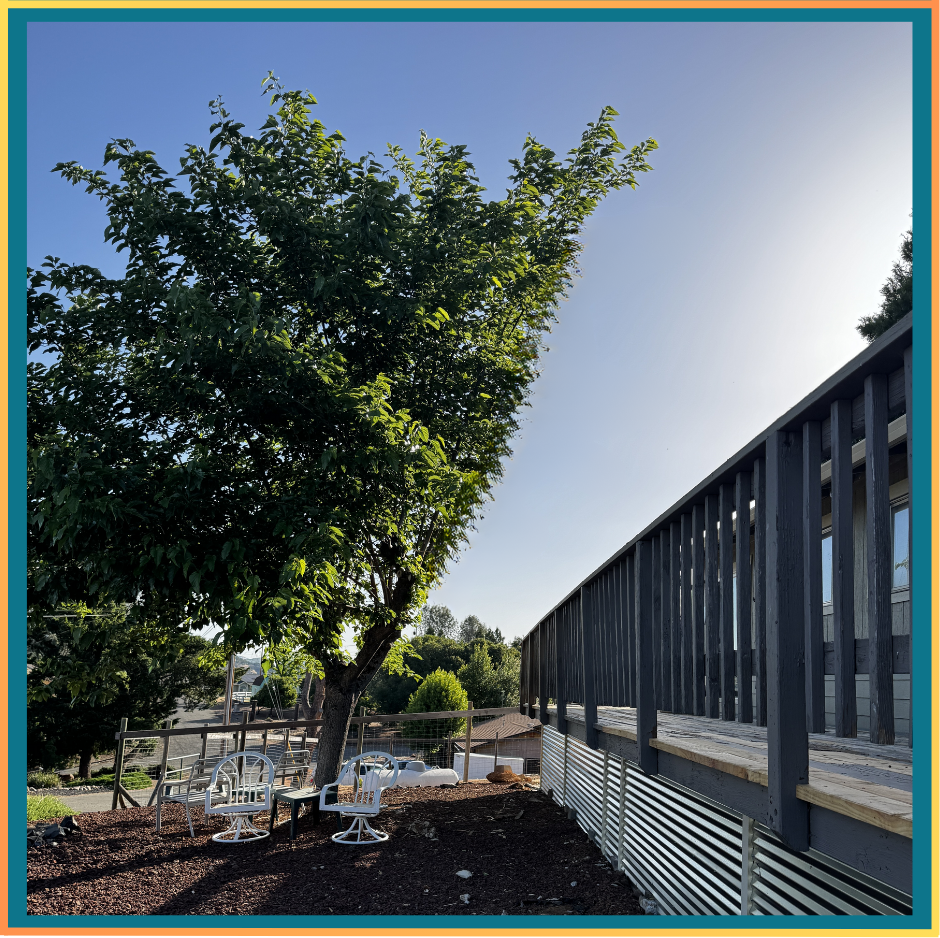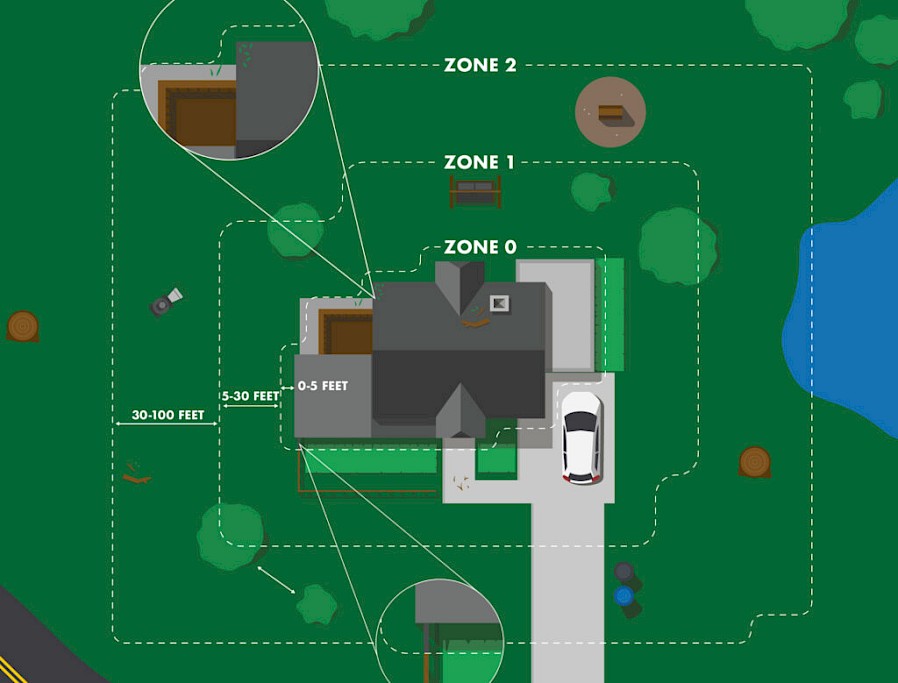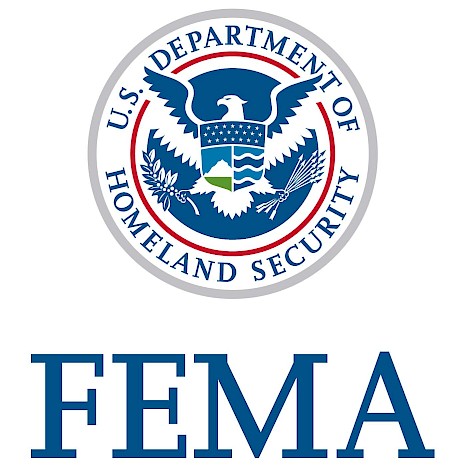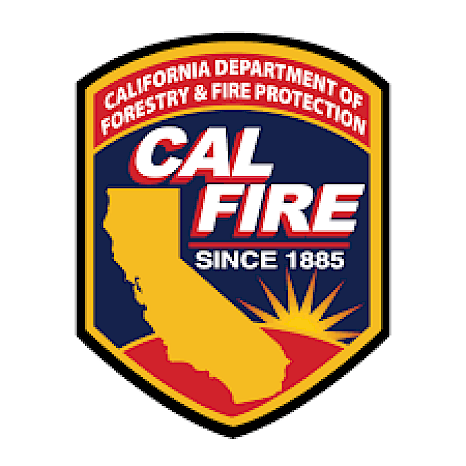Creating a Wildfire Safety Buffer: Defensible Space Explained
Mitigating the area around your home is paramount in protecting your property from the devastating effects of wildfires. This buffer zone, known as defensible space, serves as a critical line of defense between your home and the surrounding environment. By creating this space, you significantly reduce the risk of embers, flames, and radiant heat igniting your home, as well as slowing or even stopping the spread of wildfires. The effectiveness of defensible space cannot be overstated; homes that do not implement appropriate measures are six times more likely to fail during a wildfire event. Additionally, defensible space provides firefighters with a safer and more effective area to defend your property, increasing their chances of saving your home. Prioritizing defensible space is not just a recommendation—it is a necessity for anyone looking to enhance their wildfire preparedness and safeguard their family and property against this ever-present threat.


Understanding Defensible Space Zones
Defensible space is divided into different zones, each with specific guidelines for vegetation management. The intensity of these measures increases as you move closer to your home. The aim is to start from your house and work outward, reaching up to 100 feet or your property line. Always check local ordinances for defensible space or weed abatement, as they may be more strict than state requirements. For example, Lake County requires 100 feet of vegetation management or to the edge of your property. Consult your local fire department or fire protection district for specific local rules.

Resource provided by CAL FIRE
Zone 0: Immediate Zone (0-5 feet from structures)
Objective: Absolutely no combustibles, intense fuel reduction to protect against ember attacks
Guidelines:
- Use non-combustible materials like gravel, pavers, or concrete instead of mulch.
- Clear dead weeds, grass, and debris, including roofs, gutters, and outdoor areas.
- Keep branches trimmed at least 10 feet away from chimneys and stovepipes.
- Minimize combustible items like furniture and planters on decks.
- Move firewood and lumber to Zone 2.
- Replace combustible fencing and gates with fire-resistant materials.
- Relocate boats, RVs, and vehicles away from this zone to reduce fire risks.
- Relocate trash bins, recycling containers, and green waste bins to a safe distance from structures.

Zone 1: Intermediate Zone (5-30 feet from structures)
Objective: Reduce fuel load to decrease fire intensity near the home.
Guidelines:
- Clear all dead plants, grass, and weeds.
- Remove dead leaves and pine needles from your yard, roof, and gutters.
- Trim overhanging branches and keep them 10 feet from your chimney.
- Regularly trim trees to maintain a 10-foot gap between branches.
- Move wood piles to Zone 2.
- Prune flammable plants and shrubs near windows.
- Clear flammable vegetation and items from under decks, balconies, and stairs.
- Maintain space between trees, shrubs, and flammable items like patio furniture and wood piles.
- Ensure outbuildings and propane tanks have 10 feet of clear space to bare soil, with no flammable vegetation within an additional 10 feet around them.

Zone 2: Extended Zone (30-100 feet from structures)
Objective: Slow the spread of fire and reduce intensity.
Guidelines:
- Trim annual grass to a maximum height of 4 inches.
- Space out shrubs and trees horizontally (refer to fire wise landscaping diagrams for specific measurements).
- Ensure vertical spacing between grass, shrubs, and trees to eliminate ladder fuels.
- Remove fallen leaves, needles, and small branches to ensure ground cover does not exceed 3 inches in depth
- Keep exposed wood piles at least 10 feet clear from surroundings, down to the soil.
- Ensure outbuildings and propane tanks have 10 feet of clear space to bare soil, with no flammable vegetation within an additional 10 feet around them.

Resource provided by CAL FIRE
Take Action Today to Defend Your Home
Creating defensible space around your home is not just a task; it's a critical responsibility that could save your property and your loved ones during a wildfire. Each cleared branch, trimmed shrub, and removed combustible item serves as a barrier between your home and the destructive forces of fire. Embers travel miles, flames are relentless, and radiant heat can ignite unprepared homes in seconds.
But you have the power to fight back. By implementing defensible space in Zones 0, 1, and 2, you’re not only reducing the risk to your home but also aiding firefighters in their mission to protect your community. Wildfires are an ever-present threat, but with preparation and vigilance, we can minimize their impact.
Now is the time to act. Equip yourself with the knowledge, resources, and commitment to create a safe buffer around your property. Together, let’s build a fire-resilient future; starting with your home.
If you have any additional questions please contact us at homehardening@ncoinc.org or call 707-461-0760.
Next: Home Hardening »
« Previous: Fire Science




